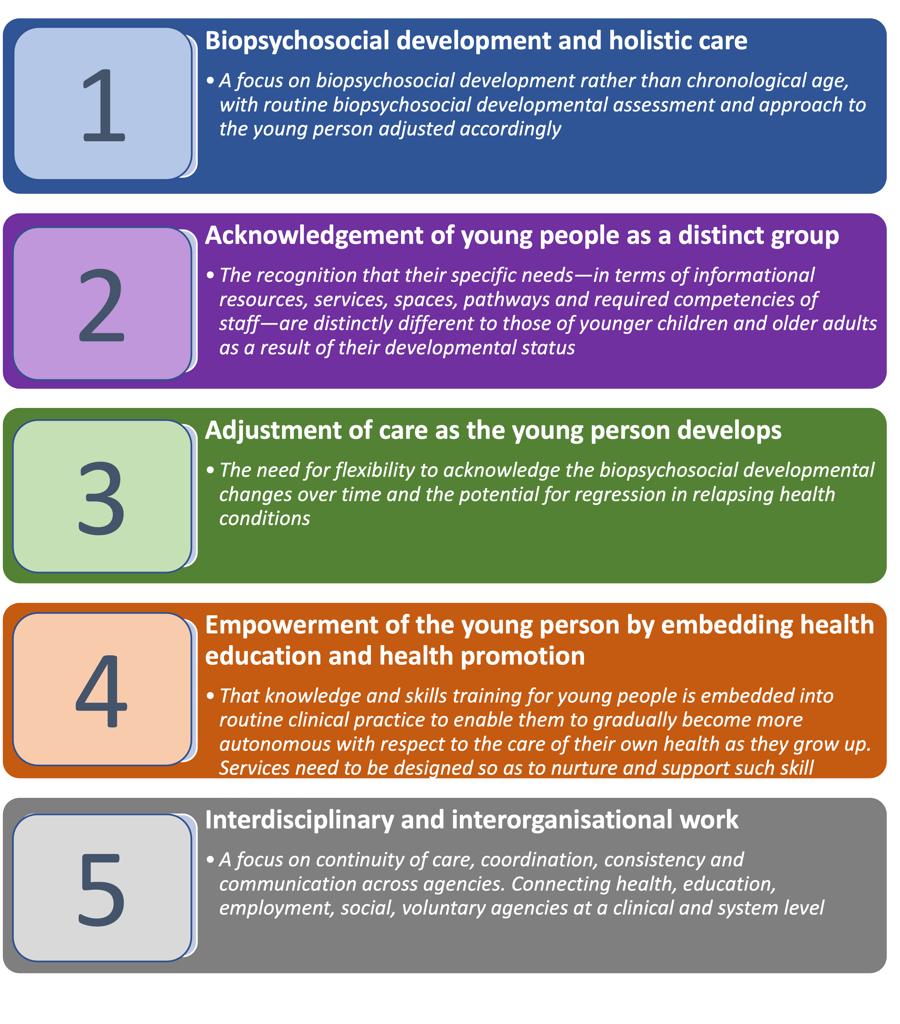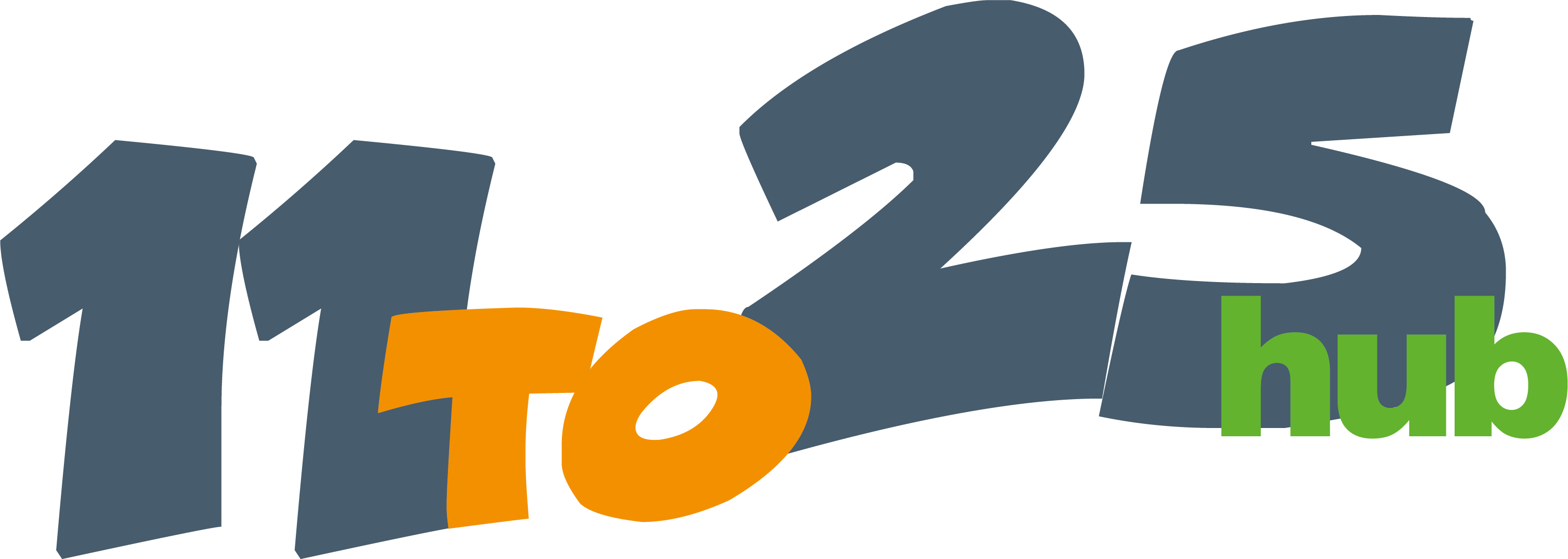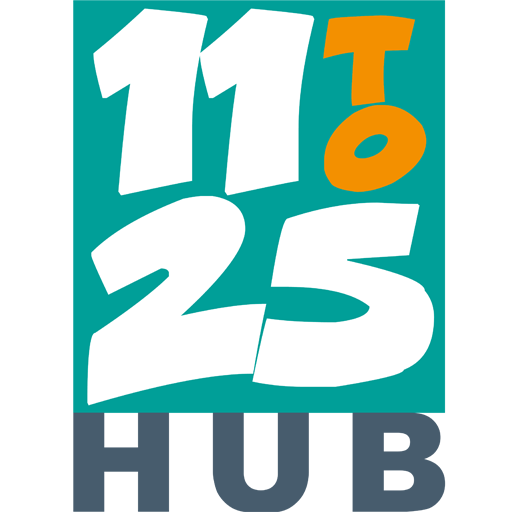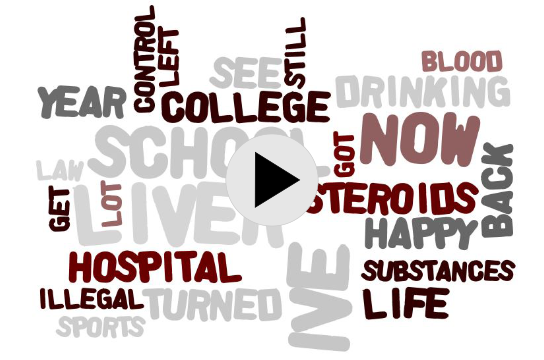Introduction
Developmentally appropriate healthcare is a term used to describe healthcare services that recognise and accommodate the changing biological, social and psychological natures of young people as they make the healthcare journey from 11 to 25. This module looks at the toolkits, policies and guidance that young people, their parents or carers and their healthcare teams will interact with along that journey. The resources that we talk about will help you to understand at what ages you can start to take more control over your care and what this might look like for you.
What we'll be covering
We’re going to:
- Look at what we mean by ‘Developmentally Appropriate Healthcare (DAH)’
- Explore why it matters and what difference it can make
- Find out about the Ready, Steady, Go programme
- Look at the purpose of the ‘Hello’ questionnaire
- Find out about ‘Ask 3 Questions’ and shared decision-making.
We will also:
What is Developmentally Appropriate Healthcare (DAH)?
Developmentally Appropriate Healthcare (DAH) can be thought of as having five dimensions, each of which describe an important aspect. These five dimensions are often expressed in rather technical language – as in this diagram, adapted from the BMJ Open journal.

Let’s try to unpick what those five different dimensions actually mean to young people and their parents/carers in more accessible language.
Biopsychosocial development and holistic care
For this, care should be adjusted to and focus on the following:
- how a young person develops biologically – such as puberty and growth (height and weight)
- psychologically – their emotions, fears, feelings
- socially – such as being more independent, friends becoming more important, changes in education or starting work.
This means, that healthcare teams, but also educators and carers assess what stage the young person is in their development. Not everyone develops at the same speed and therefore, simply using their age to decide what to discuss and how to discuss it is not good enough.
Acknowledgement of young people as a distinct group
Young people (11to25) must be recognised as a distinct of individuals, who have specific needs. Needs such as how and where appropriate information is available, what health services and spaces look like, pathways to make sure that care for young people is smooth across different areas of healthcare.
All of this is different from what is available for younger children (<11) and different from what is available for older adults (>25 years) and needs to fit with what stage the 11to25 year old is in their personal development.
Adjustment of care as the young person develops
Healthcare teams and carers need to be able to respond in a flexible way to the developmental changes that happen over time. For example, discussing what treatments are the right ones at that time, how best to communicate to the young person what the most appropriate treatment is, what the advantages and disadvantages are, and allowing that young person participation and choice.
They also need to understand that during times of illness, when a condition gets worse or when there may be high stress levels, the young person may not be able to look after their own health as well as when they feel well and relaxed.
Parents, carers and healthcare teams are an important safety net during those times and can support a young person much better if they know that set-back in ability to manage their own health can and will happen at times of illness and/or stress.
Empowerment of the young person by embedding health education and health promotion
Healthcare teams as well as parents and carers can empower the young person by embedding health education in routine consultations and day-to-day conversations. This can allow that young person to become more independent and knowledgeable about their own health condition and
The 11to25hub was created to promote and support training for healthcare teams in how to look after Young People in a developmentally appropriate way.
To ensure this happens effectively healthcare services need to be designed with environmentally appropriate spaces for young people to be seen, a time of day which is more accessible for young people (for example after school or college), to use technology appropriately such as video consultations and to have dedicated staff who are trained and experienced in working with young people.
Interdisciplinary and interorganisational work
Young people are at risk of ‘falling through the transition gap’ between children and adult services and so experience poorer health and a worse quality of life in adult years. To ‘bridge the gap’, there needs to be good communication across teams and continuity of care, such as having clinicians who the young person knows and trusts – and who work closely with adult teams to ensure that the health transfer to adult services works well.
This approach goes beyond healthcare. Wellbeing for Young people includes life in school, university, college, or work as well as information sharing between any other agencies the young person may be working with.
How does it affect me?
As a young person – you are the one who is developing biologically and physically, psychologically and emotionally as well as socially with your relationships. For you, developmentally appropriate healthcare means that you understand confidentiality, have right to be involved in choices, and have the opportunity to have your voice heard. It means, for example, that you know it’s ok to say “I did not understand what you just said, could you explain that again using different words”.
It also means that you understand you are on a learning curve about your health. It’s a bit like another life skill, another subject at school – you will put in some effort to learn and improve according to your developmental stage and ability!
As a parent or carer, you are a key person, and you know your child very well. For you, knowing about the normal stages of biological, psychological and social development will help you have better conversations with your child. This includes understanding why these adolescent years can be fraught with experimentation, making bad choices and taking risks. You will need to be there to support and guide them through this while at the same time as letting them have space to be independent young people.
As a healthcare professional, you will have much less frequent contact with the young person than their friends, parents, teachers. By understanding developmentally appropriate healthcare and building this into your care and communication routinely, you will achieve the most with and for the young person in front of you. Transition readiness tools, such as Ready Steady Go – Hello, can help with the conversations and help you identify areas to concentrate on.
Ready, Steady, Go!
The Ready, Steady, Go Programme is a system with supporting information and checklists, which has been developed by patients, parents and healthcare professionals to support healthcare transition for young people.
The programme is structured with questionnaires covering topics that matter to young people and topics that it is important for young people to be equipped, skilled and knowledgeable about. This would include feeling comfortable to say things like, ‘I understand what each of my medications are for and their side effects’; ‘I feel ready to start preparing to be seen alone for part of the clinic visit in the future’. Answers can be ‘Yes’ or ‘I would like some extra advice/help with this’.
It provides a framework to start preparing and planning the move to adult services, looking at the specific steps in that process.
As the young person develops, they will move across to the next questionnaire in the sequence. Easy Read versions of the material are available as well, which can be very helpful. The framework is not age-specific but should be started well in advance of the final stages of moving from children and young peoples’ services to adult services.
The programme has its own website, which we recommend that you take time to explore. There are areas for young people, for parents and carers and areas for healthcare professionals to learn how to best use this.
All of the stages of the Ready, Steady, Go framework and the associated questionnaires can be downloaded from their website and, if you wish, the questionnaire can be completed in advance and emailed to your team.
Hello!
It was clear quite quickly, that a lot of the focus was put on getting young people ready to leave their clinic in children’s and young people services. What was often not so clear and easy was how the first visits in the adult clinics went. To help young people, but also help the adult healthcare teams in working out where a young person may need some more support, the ‘Hello!’ questionnaire was developed. It basically covers the same areas, and just focussed everyone’s mind on the developmentally appropriate part of the clinic appointment.
The Hello questionnaire can be downloaded and completed at home in preparation for the first clinic appointment in adult services, as well as being emailed to the team in advance.
Ask 3 Questions
To help young people make choices, the same team included the ‘Ask 3 Questions’ card, which can be downloaded in many different languages and encourage the young person to ask:
- What are my choices?
- How do I get support to help me make a decision that is right for me?
- What is good and bad about each choice?
Lived experience
Stories are a powerful way of learning, and can help put your learning into context.
Watch or listen to the stories below and think about they relate to the material in this module.
Regrets, forgets and changes
Lifelab: Your Condition, Your Lifestyle
Summary
Hopefully you now understand what developmentally appropriate healthcare means and are able to think about it in the five dimensions discussed above.
With this understanding, you can now consider how the commonly used Ready, Steady, Go – Hello programme and questionnaires will help you improve how you communicate in clinics.
As a young person, this means considering the different questions, learning how to ask for explanations (Ask 3 Questions) and practising the skills you need for a good life with your condition.
As a parent or carer, this means understanding the different areas where your young person needs support and how you can help.
As a clinician and healthcare team, this means, changing your approach and tailoring it to the young person in front of you – to fit their needs in developmentally appropriate care.
If you want to know more...
There are plenty of ways to find out more. One great one is to use your NHS account to access services online on your computer, tablet or mobile phone.
Find more information on the 11to25hub
Why not dip into one of our other modules, where you can find out about other aspects of healthcare transition in more detail.
Bust the jargon!
Whether you’re a young person, a parent or a professional you’ll have realised that there’s a lot of jargon in the health and social care systems. This jargon buster from Think Local Act Personal may help. Just type in a term…
External resources
Here are some more resources that you may find helpful, engaging and informative:
- The website for the Ready, Steady, Go Programme will help you learn more about the programme, it’s stages, and what it involves for young people and professionals
- The Association for Young People’s Health works to understand and meet the particular health and wellbeing needs of 10-25 year olds. Their website contains a wealth of useful information and links
- A toolkit to support delivery of ‘Developmentally Appropriate Healthcare’ in the NHS: Making healthcare work for young people has been developed. It begins with Defining Developmentally Appropriate Healthcare, and then goes on to discuss Working across your organisation, Having a team approach and Engaging with young people in clinical practice
- Can we normalise developmentally appropriate healthcare for young people in UK hospital settings? An ethnographic study explores the potential for DAH to become normalised, and a routine, taken-for-granted, element of clinical practice.
- Implementing transition: Ready Steady Go. reports on a successful implementation in a large NHS teaching hospital with secondary and tertiary paediatric services
- The “Ask 3 Questions” poster, leaflet, banner and postcard are available here and there is a paper from the Health Foundation about Developing the ‘Ask 3 Questions’ campaign to raise people’s awareness of shared decision-making.
How useful was this page?
Click on a star to rate it!
Average rating 4.6 / 5. Vote count: 11


